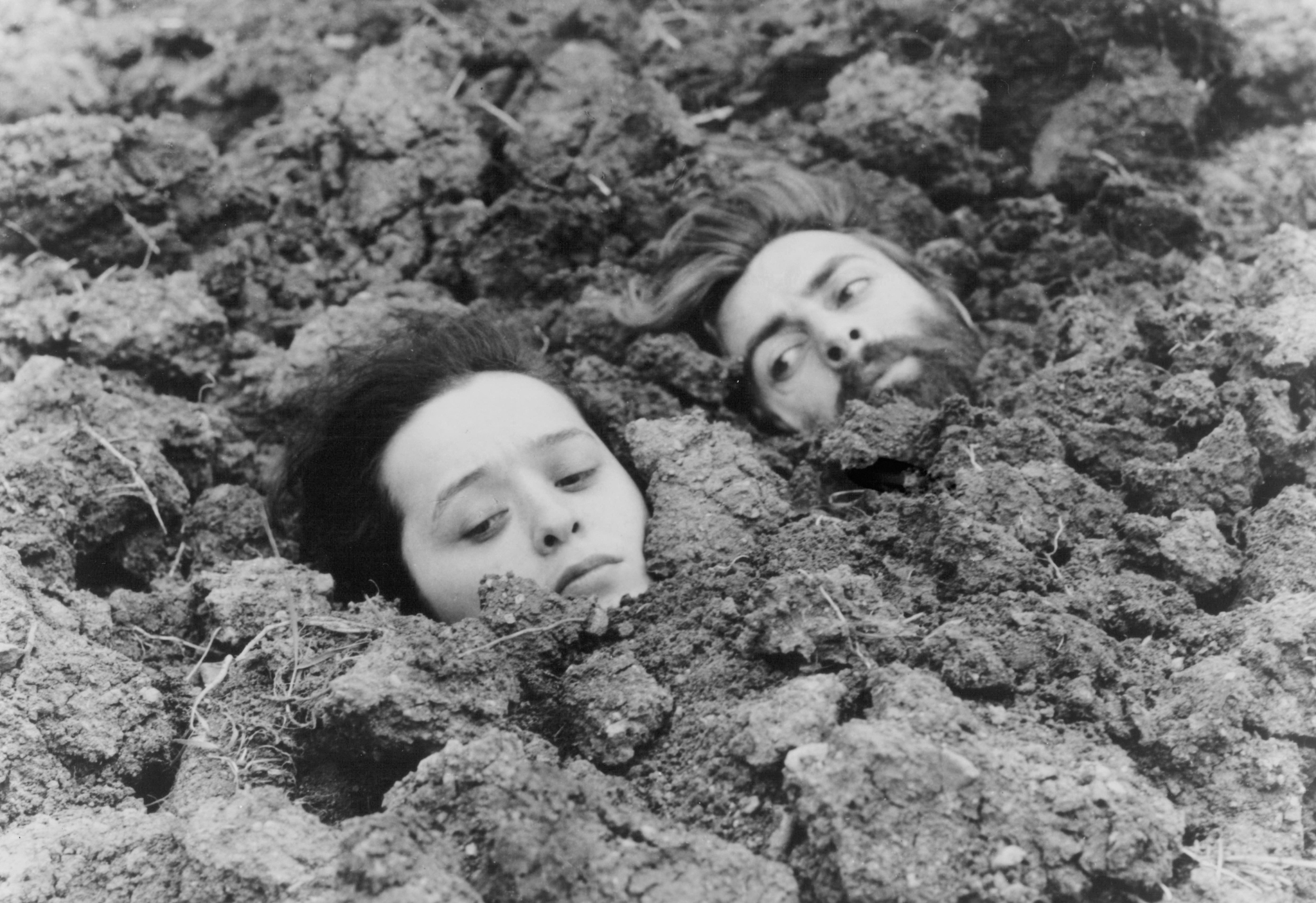In the unfolding of the movie The Execution, the day after the funeral of Varlam Aravidze (the mayor of a small town in Georgia), his body turns up in his son's garden and is secretly reburied. Unfortunately, the body keeps turning up and the police arrest a local woman on charges of exhumation. She declares that Varlam should not be laid to rest, because when he was alive he had established a Stalinist-like reign of terror that led to the disappearance of many of his friends.
In this, the last part of Abuladze's trilogy, beneath Musolini's black shirt, Hitler's moustache, Beria's lornion and Stalin's bonhomie, the emblematic figure of the dictator appears. In a realistic and symbolic style, Tenghiz Abduladze charges this portrait with the grotesqueness and exaggeration of totalitarianism.
Filmed in just five months, The Path is a satire of Stalinism, bringing to the fore the image of the ferocious dictator from any corner of the world and any time. The film was seen by Mikhail Gorbachev, who confessed afterwards that it was one of his favorites, and the culture minister decided to send the film to the Cannes festival.


